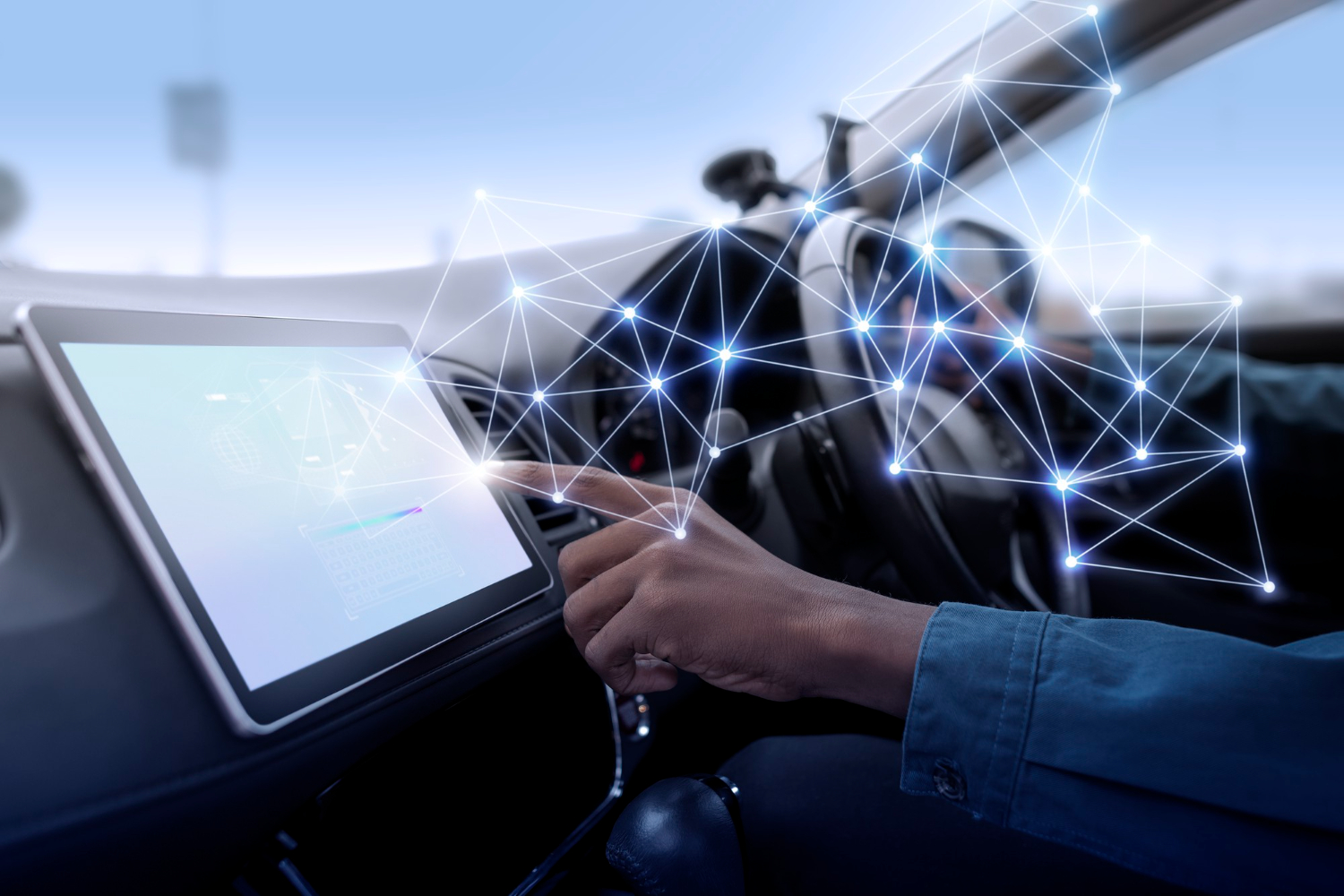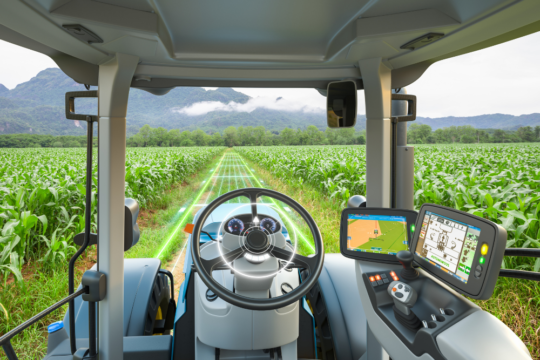
Transporting goods across long distances with commercial engines or commuting to work in sedans, transportation is an essential component of modern-day life. Every day, innumerable vehicles pass police officers on public roadways that need an accurate way to quantify them.
Enter automatic license plate recognition (ALPR). Using cameras to scan vehicle plates and instantly alert officers when there is a match, ALPR technology has revolutionized law enforcement.
Table of Contents
Artificial Intelligence
Automatic license plate recognition software utilizes high-resolution sensors to capture images of vehicle license plates. Optical character recognition software analyzes the image and extracts the plate number. These are then compared to databases of vehicles of interest. They can be used for policing, security, traffic management, and highway toll collection.
While these systems have their benefits, they still need critics. Many civil liberties organizations, including the Electronic Frontier Foundation, argue that continuously tracking vehicles and recording their locations infringes on a driver’s privacy rights. Moreover, law enforcement agencies, private companies, and corporations use these systems. They often share data and keep information on innocent motorists for years or indefinitely, with little oversight and no protections against privacy concerns.
ALPR technology removes the need for police to read each plate, which can be time-consuming manually. It allows officers to concentrate on their job, which improves safety and efficiency. It also allows police to track more vehicles, which increases effectiveness and reduces staffing requirements.
Another significant advantage is the speed at which plates can be read. While human eyes can only scan about ten cars per minute, an ALPR system can capture thousands of plates per minute. The speed at which they can be read also allows quicker evidence collection and identification of suspects during a crime or accident.
However, ALPR technology must be utilized carefully and transparently. It includes disclosing the system’s data sources, algorithms, and decision-making processes. It must be subject to regular audits and independent assessments to ensure compliance. It should be transparently deployed so that citizens can understand how it is being used to protect them and how they can hold their government accountable for any misuse or biased outcomes of the system.
With criminals deploying new technologies at breakneck speeds, law enforcement must embrace AI tools to stay ahead of the curve. It will also benefit from the significant cost savings and efficiency improvements these tools provide.
Hot Lists
Optical Character Recognition (OCR) is the heart of LPR systems, converting isolated license plate characters into readable text. This essential step is vital to the process because it allows for real-time response in applications like law enforcement and traffic management. Advanced AI techniques have revolutionized OCR, making it more reliable and adaptable. For example, deep learning algorithms can extract intricate details from license plate images, enhancing the accuracy of their edges and boundaries. It improves OCR results by eliminating ambiguity and confusion due to partial occlusion, overlapping characters, or different spacing between characters.
Once the OCR process is complete, the system automatically compares the identified license plate number with various databases to retrieve helpful information. This information includes vehicle registration, owner, and other relevant data. As a result, the system can alert officers when it recognizes a license plate associated with a stolen vehicle or a wanted suspect. It enables law enforcement agencies to take quick action and enhance public safety.
In addition, the technology can also be used to track vehicle movements over time, allowing officers to analyze and identify trends in traffic violations and crime patterns. It can also reduce the workload of law enforcement personnel and make them more efficient.
Furthermore, unlike cellular phone data, which is captured whenever a person uses a cell phone, ALPR captures the movements of every vehicle that passes by its sensors. As a result, it can be nearly impossible to avoid being tracked on the road. While some individuals may limit their travel, this will only be practical for some.
In response to concerns about the privacy of ALPR technology, many municipalities have adopted retention limits and require warrants for searching historical data. By imposing these limitations, governments can ensure that the information they collect is used only for legitimate purposes. In the future, we expect these privacy protections to be extended to private actors who use the technology for applications such as traffic management and pollution research. It will ensure that only legitimate and necessary data is retained for as long as possible, limiting the amount of personal information revealed to law enforcement agencies.
Alerts
License plate recognition systems allow law enforcement agencies to capture and automatically process images of vehicles’ license plates. This information is then cross-referenced against pre-existing databases to identify the vehicle, driver, and plate location. This technology dramatically assists police departments in their daily duties.
But the technologies are not without controversy.
These errors result from the complex and susceptible processes of automatic plate recognition. The computer vision systems used by ALPRs must first detect the vehicle, crop the image, and normalize it. They must also deal with environmental factors such as varying light conditions, weather, and fog.
The computer vision systems use a variety of algorithms to do this. Object detection is a popular method. It uses machine learning to find contrast areas and identify the vehicle class, such as a bus, truck, or car. Then, the system recognizes the number plate, crops it, and normalizes it (sharpening, enhancing, etc.).
Once the information is digitized, it can be stored in an agency database or shared with other agencies via a private company that operates the system. The information can be used to locate vehicles and drivers of interest, including those arrested for crimes or whose cars are associated with active warrants. The data can also help authorities track the movements of vehicles and individuals over time, identifying travel patterns and even linking people to their addresses.
The problem is that this information needs to be collected more. Taken in the aggregate, this indiscriminate data can paint an intimate portrait of a person’s life and activities, including where they go, whom they associate with, and political and religious beliefs. In addition, because there are no privacy protections in place, local governments can amass massive government databases of our movements over as long a period as they have storage capacity.
Data Sharing
In addition to identifying vehicles, the software also collects data on the vehicle’s movements over time. It allows police to map out the vehicle’s history by tracing its routes. It can reveal regular travel patterns and even pinpoint where the vehicle may be in the future based on the past behavior of similar vehicles.
The technology has raised privacy concerns. Civil liberties organizations like the Electronic Frontier Foundation argue that indiscriminate tracking violates the Fourth Amendment by collecting information about innocent people without a legitimate reason. Furthermore, storing this massive volume of data can result in a significant risk of hacking and data breaches.
Although ANPR is an essential tool for law enforcement, it must be used responsibly and responsibly. The technology is not a panacea; it requires careful planning and execution by law enforcement agencies.
While there are many potential applications for the technology, law enforcement agencies must carefully consider whether they comply with constitutional rights and the public’s expectations of privacy; depending on how the system is implemented, there could be severe legal consequences if handled appropriately.
There are three prominent types of LPR systems: stationary, mobile, and portable. Stationary units are attached to highway overpasses and road signs, while mobile units are like dash cams placed in patrol cars’ front, back, and roof. Portable units can be moved to problem areas to monitor activities like illegal dumping.
Regardless of the type of ANPR system, each has unique advantages and disadvantages. For example, stationary systems can capture the entire license plate without distortion. However, the error rate is higher than other systems.
When the system misreads a number plate, it can have dire consequences. One such incident happened in San Francisco, where a city worker was handcuffed at gunpoint, and her car was searched after the system misread her vehicle’s license plate and erroneously identified it as stolen. The court ruled that the technology alone cannot justify a wrongful stop, but this case highlights how important it is for law enforcement to train officers to use their tools adequately.



